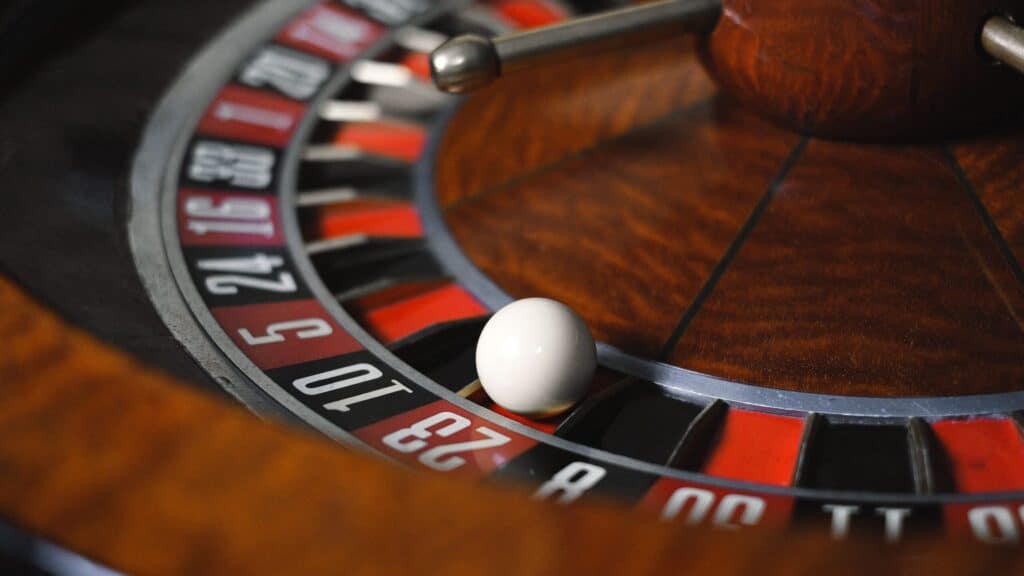Roulette is one of the most iconic and exciting casino games around the world. It’s easy to understand, offers a variety of betting options, and provides opportunities for strategic gameplay. However, with multiple variations of the game available, such as European, American, and French roulette, knowing the right strategies to use can make a significant difference in your chances of success. In this detailed guide, we’ll explore the best roulette strategies for different variants and provide tips for both new and advanced players. Whether you're a beginner or a seasoned player, understanding these strategies can elevate your gameplay and increase your odds.
The Basics of Roulette Variants
Before diving into specific strategies, it’s essential to understand the differences between the main variants of roulette. Each version has slightly different rules and layouts, which affect how you should approach your betting strategy. Here are the primary variants:
European Roulette
European Roulette is widely regarded as the most popular and favorable version for players due to its single-zero wheel. The wheel has 37 slots, including numbers 1 to 36 and a single green zero (0). The absence of a double zero (00) significantly lowers the house edge, making it one of the best versions for players looking to improve their chances of winning.
American Roulette
American Roulette is a variation played primarily in the United States. It features a wheel with 38 slots, including numbers 1 to 36, a green single zero (0), and an additional green double zero (00). The presence of the double zero increases the house edge compared to European Roulette, making it slightly less favorable for players.
French Roulette
French Roulette is similar to European Roulette, with the same 37-number wheel, but it has some additional rules that can benefit players. The most important feature of French Roulette is the "La Partage" rule, which gives players back half of their even-money bets if the ball lands on zero. This reduces the house edge further, making French Roulette one of the most favorable versions of the game for players who enjoy betting on outside bets.
Basic Roulette Strategies: Understanding the Key Principles
While no strategy guarantees a win in roulette (as it is a game of chance), there are several betting systems that can help you manage your bankroll and maximize your chances of success. Let’s explore a few of the most well-known strategies that can be applied across all roulette variants.
The Martingale Strategy
The Martingale system is one of the most famous and widely used strategies in roulette. It’s a simple betting system that involves doubling your bet after each loss. The idea is that, eventually, a win will occur, covering your previous losses and resulting in a profit equal to your initial bet.
For example, let’s say you start with a $10 bet on an even-money wager (such as red or black). If you lose, you double your bet to $20 on the next spin. If you lose again, your next bet would be $40, and so on. Once you win, you return to your original $10 bet.
While the Martingale strategy can be effective in the short term, it requires a large bankroll and has limitations. For example, if you encounter a losing streak, you might hit the table’s maximum bet limit before you can recover your losses. This strategy is best suited for players with deep pockets or those who are prepared to walk away after a certain number of losses.
The Reverse Martingale Strategy (Paroli)
The Reverse Martingale, or Paroli system, is the opposite of the Martingale strategy. Instead of increasing your bet after a loss, you increase it after a win. The goal is to capitalize on hot streaks and minimize losses during cold streaks.
For instance, if you start with a $10 bet and win, you double your next bet to $20. If you win again, your next bet would be $40. After a loss, you return to your initial bet size ($10). This strategy is less risky than the traditional Martingale, but it also requires discipline and a strategy for when to cash out after a winning streak.
The Fibonacci Strategy
The Fibonacci betting system is based on a mathematical sequence where each number is the sum of the two preceding numbers. In this strategy, you place bets according to the Fibonacci sequence and move up the sequence after a loss and back two steps after a win.
For example, a basic Fibonacci sequence starts as follows: 1, 1, 2, 3, 5, 8, 13, 21, etc. If you start with a $10 bet, you’ll place $10 on the first bet. If you lose, your next bet will be $10 again (the second number in the sequence). If you lose again, your next bet will be $20, then $30, $50, and so on. If you win, you move back two steps in the sequence and adjust your bet accordingly.
The D’Alembert Strategy
The D’Alembert system is a more conservative betting strategy compared to Martingale. In this system, you increase your bet by one unit after a loss and decrease it by one unit after a win. The goal is to have a balanced bet progression, which mitigates the risks of large losing streaks while still offering the potential for profit.
For example, if you start with a $10 bet, and lose, your next bet would be $11. If you win, you decrease your bet to $9. This system helps maintain a more stable betting environment, which makes it more suitable for players with a smaller bankroll or those who prefer slower, more manageable betting increases.
Roulette Strategies for Specific Variants
While the above strategies can be used for any version of roulette, understanding how to tailor your approach to different variants can improve your overall success. Let’s explore the best strategies for European, American, and French Roulette.
European Roulette: Maximizing the Single Zero Advantage
European Roulette is often considered the best version for players due to its lower house edge. With only one zero on the wheel, the house edge is 2.7%, compared to 5.26% in American Roulette. This makes European Roulette a popular choice for players seeking favorable odds.
To take advantage of European Roulette’s favorable house edge, consider using strategies that focus on outside bets (even-money bets). These bets include options like red/black, odd/even, and high/low. Since the likelihood of winning on outside bets is higher, these strategies are well-suited for players using systems like Martingale, Reverse Martingale, or D’Alembert.
American Roulette: Mitigating the Double Zero Effect
American Roulette features the additional double-zero (00), which increases the house edge and makes it more challenging to win. To counteract this, players should focus on the same strategies used in European Roulette but should be mindful of the higher risk involved.
The Martingale system, for example, is still popular in American Roulette, but it should be used cautiously, given the increased house edge. Players should also consider mixing up their bet types, such as combining outside and inside bets, to balance risk and reward. For example, a player might place a larger bet on outside bets (red/black, odd/even) and a smaller inside bet on a specific number or corner bet.
French Roulette: Leveraging the La Partage Rule
French Roulette is perhaps the most favorable roulette variant for players because of the La Partage rule, which refunds half of your even-money bet if the ball lands on zero. This rule reduces the house edge even further, to around 1.35%, making French Roulette a highly appealing choice for players who focus on outside bets.
The best strategy for French Roulette is to take advantage of the La Partage rule by focusing on even-money bets like red/black, odd/even, and high/low. Additionally, players can experiment with the Fibonacci or D’Alembert systems, as these progressive systems can help mitigate the risks associated with outside bets while benefiting from the La Partage refund if zero is hit.
Advanced Strategies: Fine-Tuning Your Approach
For advanced players, mastering the basics is only the first step. Once you're comfortable with the strategies mentioned above, you can experiment with more complex betting systems to maximize your chances of winning. Here are a few advanced strategies to consider:
Advanced Betting Systems
- The Labouchere System: This system involves creating a sequence of numbers that represent the amounts to bet. After each win, you cross off the numbers, and after each loss, you add the amount lost to the sequence. The goal is to complete the sequence for a profit.
- The James Bond Strategy: A flat-betting strategy where you place specific amounts on a variety of numbers to cover a large portion of the table. For example, you might bet on high numbers (19-36), a six-number combination, and the zero, covering the majority of the wheel.
Bankroll Management and Session Planning
Advanced players should also focus on effective bankroll management and session planning. Setting limits for your losses and wins can help you avoid significant downturns and maximize profits when you’re on a winning streak. A good rule of thumb is to never wager more than 5% of your total bankroll on any given spin.
Conclusion: Finding the Right Strategy for You
Roulette is a thrilling and fast-paced game, and choosing the right strategy can make all the difference in your gameplay. Whether you prefer European, American, or French Roulette, understanding the unique characteristics of each variant and tailoring your approach accordingly will increase your chances of success. Remember, no strategy guarantees a win, but using these strategies wisely can help manage your bankroll, maximize your potential for profit, and ultimately enhance your roulette experience. Good luck at the tables!



